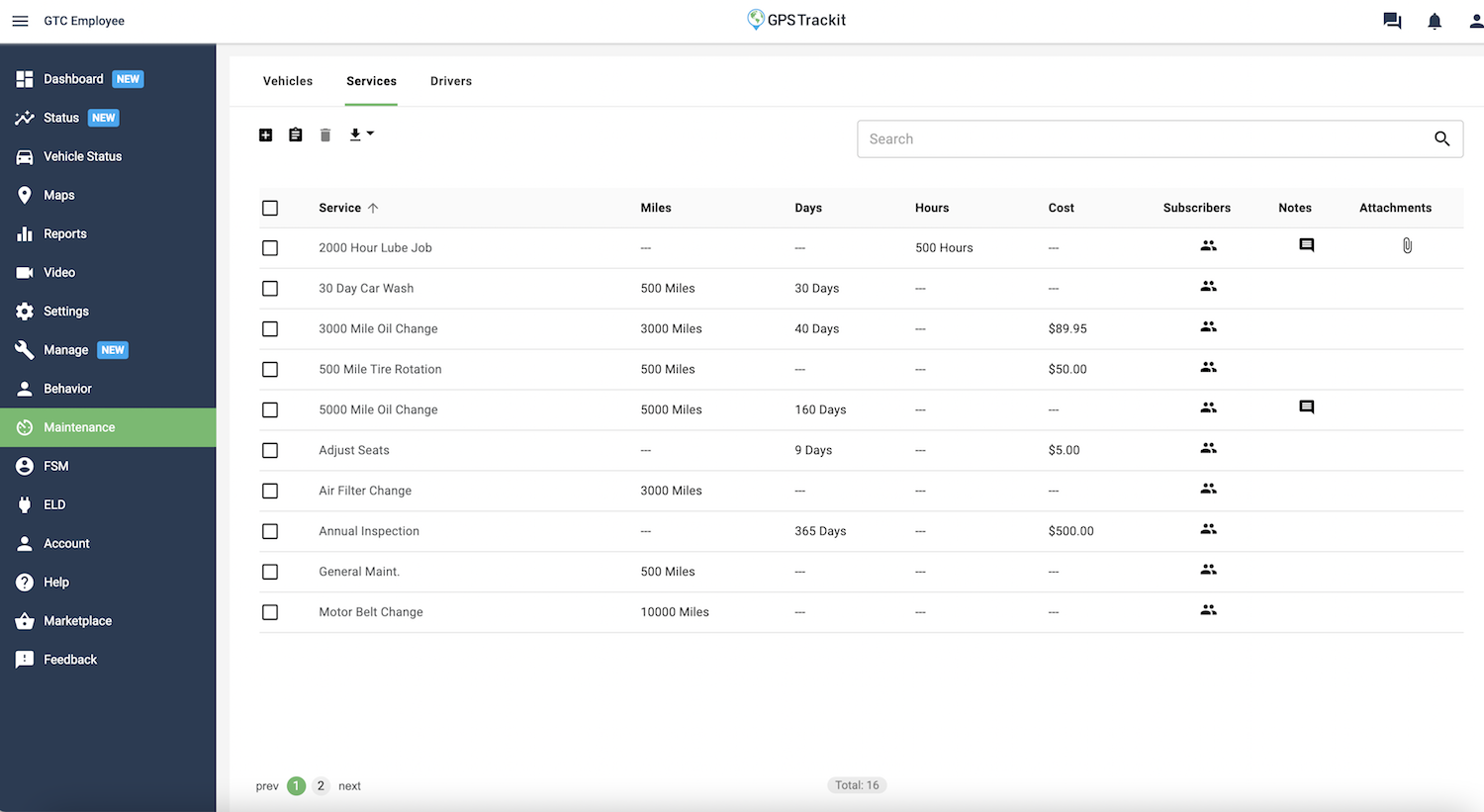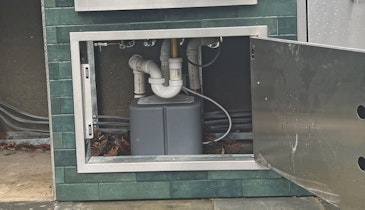Interested in Vans, Trucks & Fleet?
Get Vans, Trucks & Fleet articles, news and videos right in your inbox! Sign up now.
Vans, Trucks & Fleet + Get AlertsIt’s been a year of disruption for many plumbing companies, with broken supply chains, a historically tight labor market, and fuel prices that have skyrocketed to record levels through the summer. Instead of letting costs and uncertainty limit your growth, you can use an easy-to-install piece of technology to take back control.
A GPS-enabled field service management tool like GPS Trackit’s VidFleet helps plumbing companies slash fuel costs by 10% or more by using a sophisticated combination of driver- and road-facing cameras, real-time location tracking, and engine performance monitoring to improve driver behavior, streamline routing and assignments and stay on top of maintenance issues that can kill fuel economy.
Fuel economy: Small changes produce big differences
An idling truck can consume almost a gallon of fuel per hour, which means simply turning the key instead of letting the truck run can save hundreds of dollars a week across a 15-truck fleet. Along those same lines, aggressive driving in stop-and-go traffic — hard starts and stops — reduces fuel efficiency by up to 40%, and increases wear and tear on each truck. GPS Trackit gives operators the ability to monitor how each truck is being driven, and provides feedback and training for drivers encouraging more efficient behavior. Some plumbing companies have built successful “driver scorecard” recognition programs that offer financial rewards to drivers who have the best efficiency and safety metrics over a week or a month.
Another important factor? American trucks are estimated to be burning a billion gallons of fuel per year idling. Reducing fuel wasted on idling also reduces trucks’ environmental footprint.
Route optimization: Fewer miles driven means fewer dollars spent
Covering a service area completely might seem like a complicated knot to untangle, but GPS-enabled field service management tools help you see where all your trucks travel, how long they spend at a location, and their proximity to the next assignment. That level of tracking makes it easier for you to plan routes that maximize customers visited while reducing the total number of miles driven. One GPS Trackit client was able to cover 20% more customers with the same number of trucks and drivers simply by reorganizing route coverage with the new data he had. The fuel savings from one truck were enough to cover the cost of the videocam system for the whole fleet, and he was seeing positive ROI within two weeks of installation.
Maintenance: Planning ahead means staying ahead
Modern engine diagnostics will let you know when a truck needs critical maintenance. But it’s easy to become complacent and wait for a check engine light to come on before taking action. That complacency can be costing you up to 10% in fuel economy. By simply monitoring and maintaining “basics” like tire pressure, fluid levels and spark plug life, trucks get better fuel economy. Monitoring and proactively scheduling regular maintenance keeps more trucks on the road, and can increase their effective service life by more than 75,000 miles. A new service truck can cost more than $70,000, which makes extracting the full life out of your service fleet an important operational goal.
For more information on how GPS Trackit can help you save money on fuel and increase your profits, schedule a free demo with a Fleet Specialist today.








